What Is the Top Speed of the Yamaha YXZ, Viking, and Wolverine?

Introduction
Yamaha’s line-up of sport and utility UTVs has been steadily growing over the past few years. Yamaha's current lineup of 4-wheel off-road vehicles has significantly evolved from its humble origins with the Rhino 660, which made its debut over 20 years ago.
Now that the brand has had years to refine their UTV offerings, they have done so successfully with this current market segment-specific lineup. The Yamaha YXZ, Viking, and Wolverine are all designed with different applications in mind and therefore are all going to have entirely different personas, handling characteristics, and ultimately top speeds.
Today we’re going to dive deep into the differences between these three models and look closely at their performance and how it may differ across the range.
A little bit of history on Yamaha’s UTV lineup
As previously mentioned, Yamaha has made significant progress since its inception in the Powersports industry nearly two decades ago. The Rhino 660, their first-ever UTV offering, was designed to bridge the gap between a work model like some of its competitors and a more sporty off-road machine. It was essentially well received and was a fantastic launchpad for the further UT models that would come down the line in Yamaha’s offering. Despite being discontinued in 2013, after being discontinued, it was ultimately replaced by the new line that we see today, which consists of the Viking, the YXZ, and the Wolverine.
But Yamaha has a new approach this time around. Rather than focusing on one model that does it all, they decided to take an approach that broke out into three different models, each one catering to a specific market segment from work courses to performance to general all-rounders.
If you’re interested or potentially looking at one of the three UTVs, top speed might be one of the first things that comes to mind, as well as other performance metrics, and that’s exactly where we’re going to dive into in these next segments.
Yamaha Viking—Workhorse Utility with Mule Speeds
Yamaha’s Viking is their attempt to create a utility-focused YTV that was best suited for work on various job sites from farms to ranches while still being capable of doing the occasional trail ride and navigating more technical terrain on a perch basis. The Yamaha Viking features a more standard 3- to 6-passenger cab, depending on the variation you choose, and has a bed capacity of 600 pounds with 1500 pounds of towing capacity.
That being said, not much of this translates into speed performance, as the Viking packs are a fairly 700 cc engine with a single overhead cam. Given the displacement and overall engine design, it’s certainly not one that’s built for top speed, but it is known to be quite reliable and torquey.
This approaches one of the things that makes the Yamaha biking so much more appealing to more work-focused applications, given that the torquey nature of the motor best accompanies applications that require a bit of extra grunt to get things moving, such as towing lumber across a yard or carrying payload from one end of a ranch to another.
The single overhead cam keeps things simple mechanically, which helps boost reliability long-term while providing enough power and speed to get you to where you need to go. While it may not win any races in the near future, the Yamaha Viking excels in challenging situations.
Yamaha Wolverine: A Balanced Approach to UTVs
The Yamaha Wolverine, on the other hand, offers a much more balanced approach to a UTV. The wolverine sits between the YXZ and the Viking, offering a more compromised approach that some writers may enjoy. It might not be the fastest or the most doable, but it can do both of the things that the Viking and the YXZ can.
The Wolverine finds itself at home both navigating technical trails and performing light-duty work at the job site. The parallel twin offers an added grunt as well as top speed when compared to its slower brother, the Viking, and its single-cylinder engine, but the Wolverine also comes with the added advantage of long travel, suspension, and Fox shocks, which provide comfort and durability on rougher terrain. Riders with a more demanding need for speed can even bump up to a 1000 cc engine on the higher performance RX 1000 trim that the wolverine offers.
While the Yamaha Wolverine is definitely more recreation-focused, it does have some of the hallmarks of a utilitarian machine. The two-seater variant of the Wolverine features a fairly versatile cargo bed that even offers tilting functionality to help simplify some of the hauling duties around the job site.
In addition to that, it also comes with hydraulic assistance and a fairly rust-resistant latch system with multiple tiedown points to secure cargo and any accessories you might throw around the back. The wolverine's cargo bed can transport 600 pounds of cargo and even support 2000 pounds of towing capacity through a standard 2-inch receiver. All this implies that even with the Wolverine's speed, you can still complete the task at hand, and it's always ready to work.
 Yamaha YXZ Performance Breakdown
Yamaha YXZ Performance Breakdown
Yamaha's YXZ1000R is billed as the most proven off-road side-by-side. Pulling from Yamaha’s legendary reputation for performance, durability, and reliability, the YXZ1000R is Yamaha’s crème de la crème offering of their new TV segment. It is purely focused on one thing and one thing only, and that is absolute balls-to-the-wall speed.
The Yamaha YXZ distinguishes itself from the competition by offering the industry's only six-speed manual transmission, optimized for performance in both high and low-speed situations. This, combined with the high-speed nature of the YXZ’s engineering design, makes it the go-to choice for enthusiasts who want the most engaging writing experience at the fastest speeds. That speed is brought to life by Yamaha’s high-output, 1000 cc inline, triple-cylinder engine with two overhead cams and an 11.3 to one compression ratio that combined offers a responsive acceleration at the touch of throttle.
But the Yamaha YXZ isn’t all about top speed; similar to its younger brother, the Wolverine, the Yamaha also features Fox shocks with adjustable suspension. However, the Yamaha YXZ stands out in the suspension department with its fully adjustable spring preload, crossover adjustment, rebound, and height. This setup allows the OCR to absorb bumps off any terrain at the highest speeds, giving the rider maximum comfort and confidence when riding at high speeds.
Top Speed Comparison of the Yamaha Viking, Wolverine, and YXZ
Now that we've delved into the distinctive features and applications of the Yamaha Viking, Wolverine, and YXZ, it's time to compare their performance metrics, specifically their top speeds. Each model's engine design and intended use play a significant role in their speed capabilities.
|
Model |
Engine |
Top Speed (mph) |
Type |
|
YXZ1000R |
998 cc Triple-Cylinder |
75-80 mph |
Sport |
|
Viking |
686 cc Single-Cylinder |
45-50 mph |
Utility |
|
Wolverine RMAX |
999 cc Parallel Twin |
65-70 mph |
Trail/Adventure |
|
Wolverine X2/X4 |
847 cc Parallel Twin |
55-60 mph |
Trail/Adventure |
Conclusion
So in short, if you are okay with compromising top speed with workhorse utility, then the Viking would be your choice. If you want a good balance between power and speed while also having the ability to navigate tighter, more technical trails, then the Wolverine would be your go-to. And lastly, if you’re looking for the fastest model, the YXZ1000R is for you.
Keep in mind the top speed of any UTV; there are a number of different factors, and aftermarket parts can certainly help you build a faster machine if that’s your ultimate goal. There’s no better place to shop for aftermarket UTV parts for your Yamaha than StarknightMT. Our store has an immense catalog of aftermarket parts that can help increase performance, shed weight, and help you build the speed machine of your dreams. Visit us at StarknightMT to learn more.
FAQs
Q1: What are the main differences between the YXZ, Viking, and Wolverine?
A1: The YXZ is a high-performance, sport-oriented UTV. The Viking is a more utility-focused machine, often with a larger cargo bed and seating capacity. The Wolverine is a blend of recreation and utility, offering comfort and trail capability.
Q2: Which Yamaha UTV is best for work/utility purposes?
A2: The Viking is generally the best option for work and utility due to its cargo capacity and rugged design.
Q3: What are some common modifications for the Yamaha YXZ, Viking, and Wolverine?
A3: Common modifications include:
Performance: exhaust systems, ECU tuning, and air intakes
Protection: Skid plates, brush guards, roll cages
Comfort: Seats, roofs, windshields
Utility: Winches, cargo racks, lights
Image Source-Cover

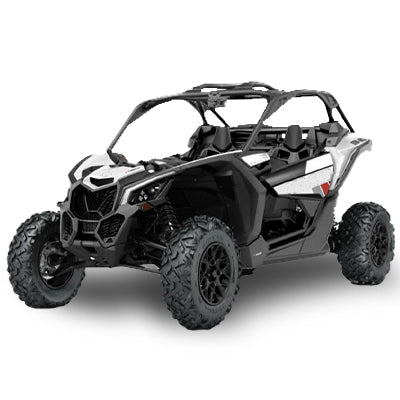
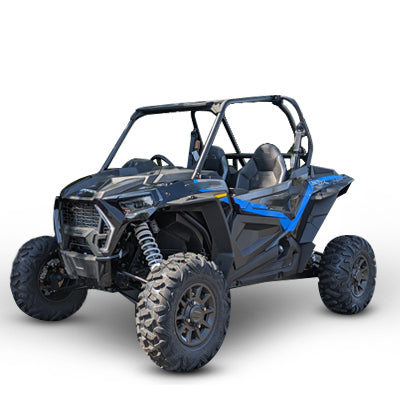
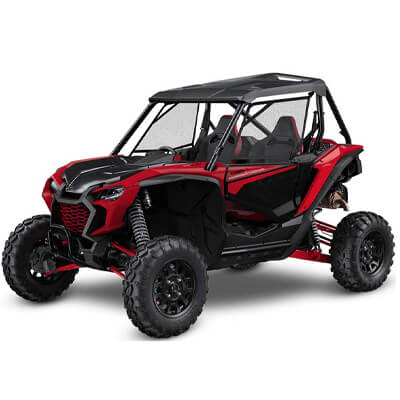
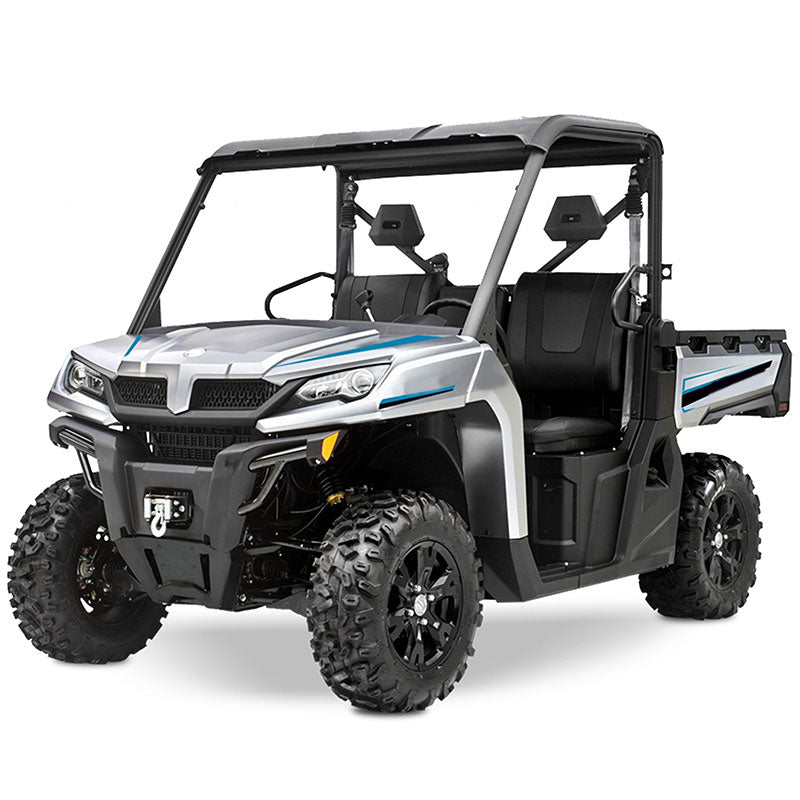
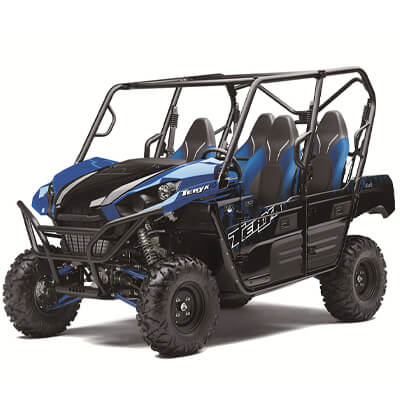
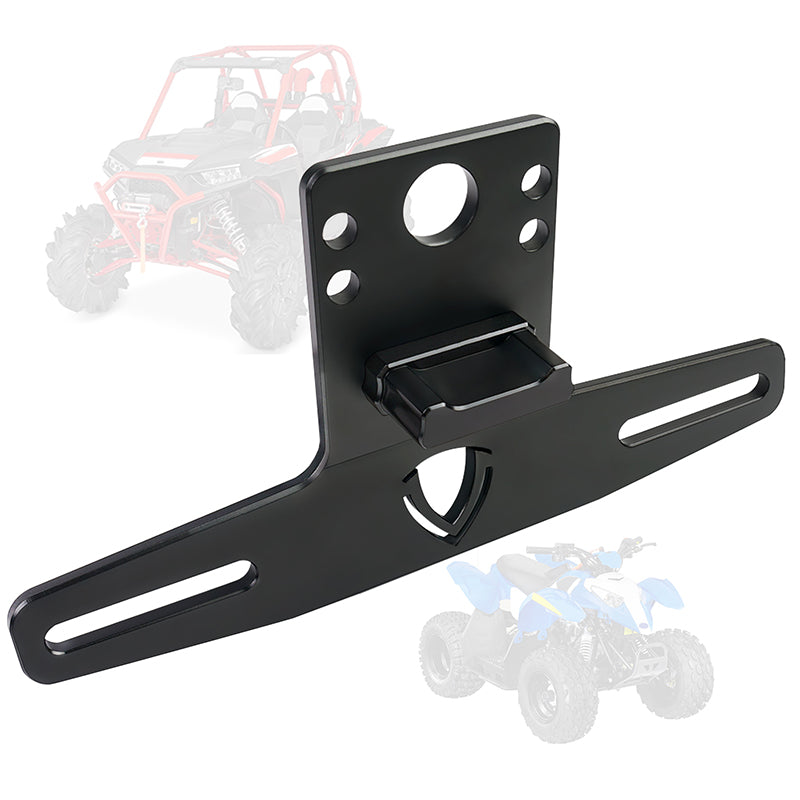
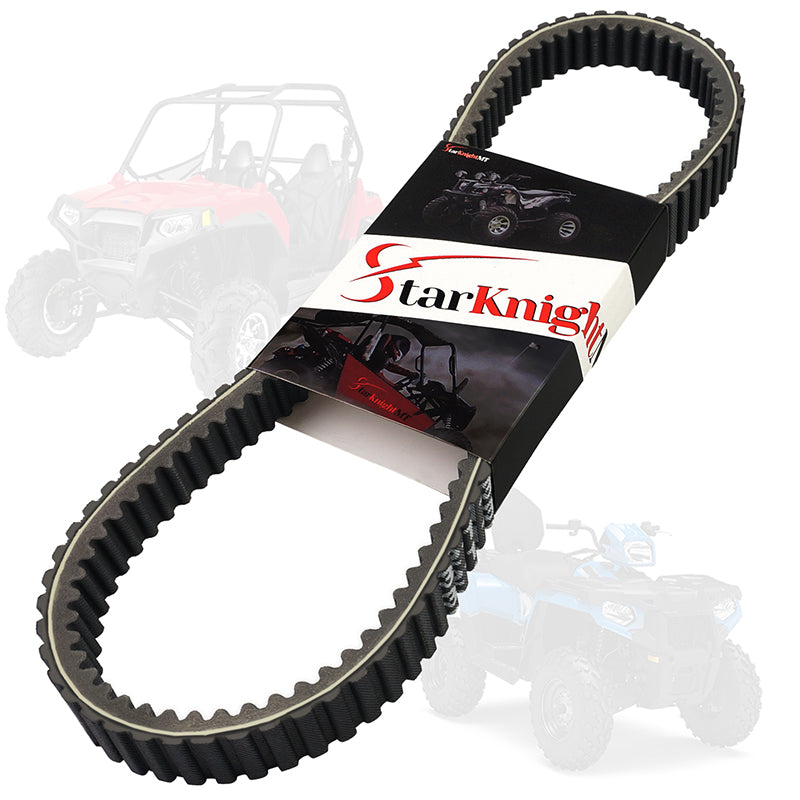



Leave a comment